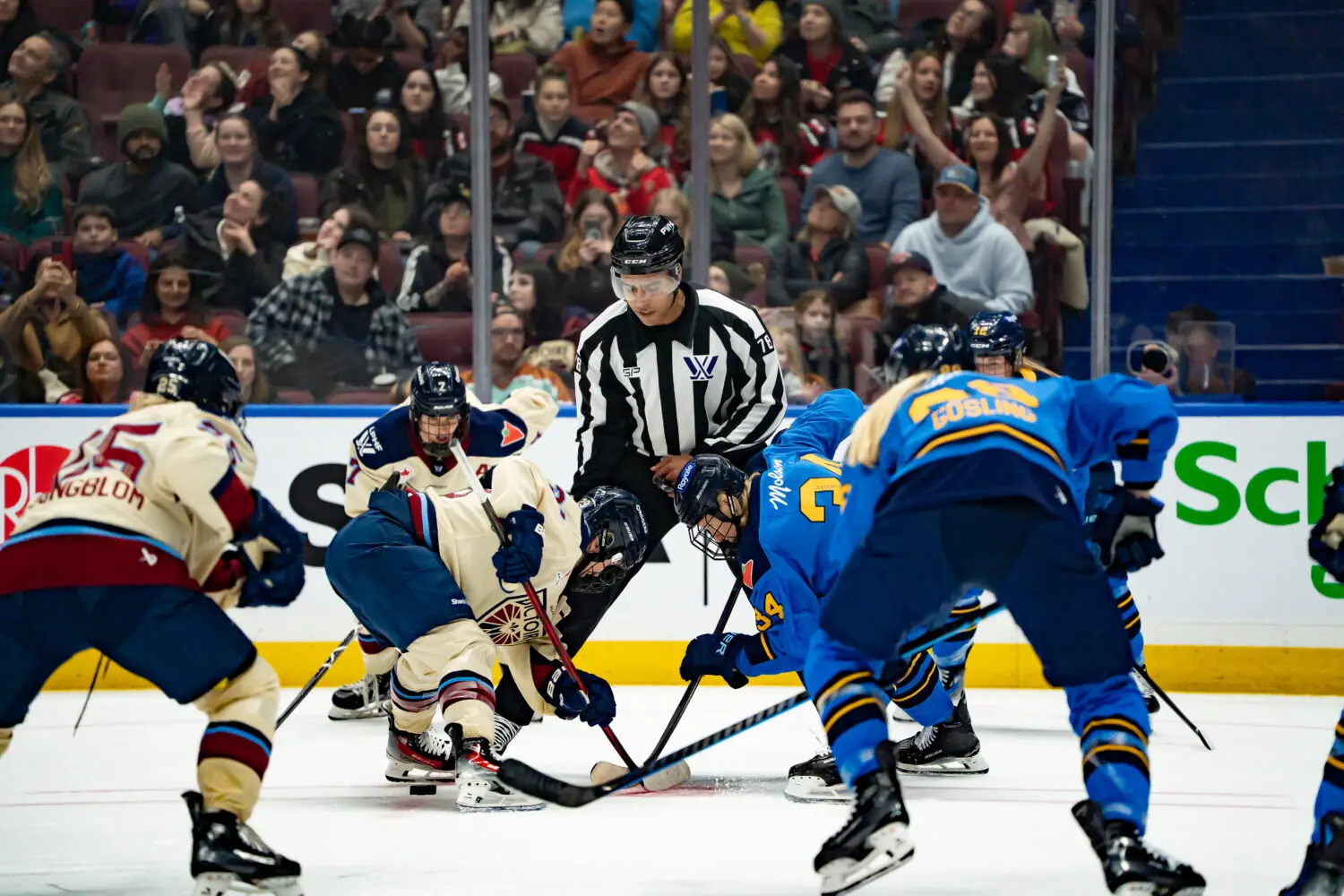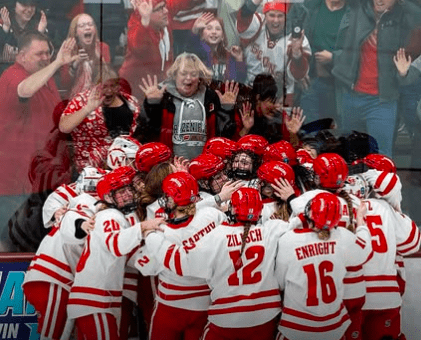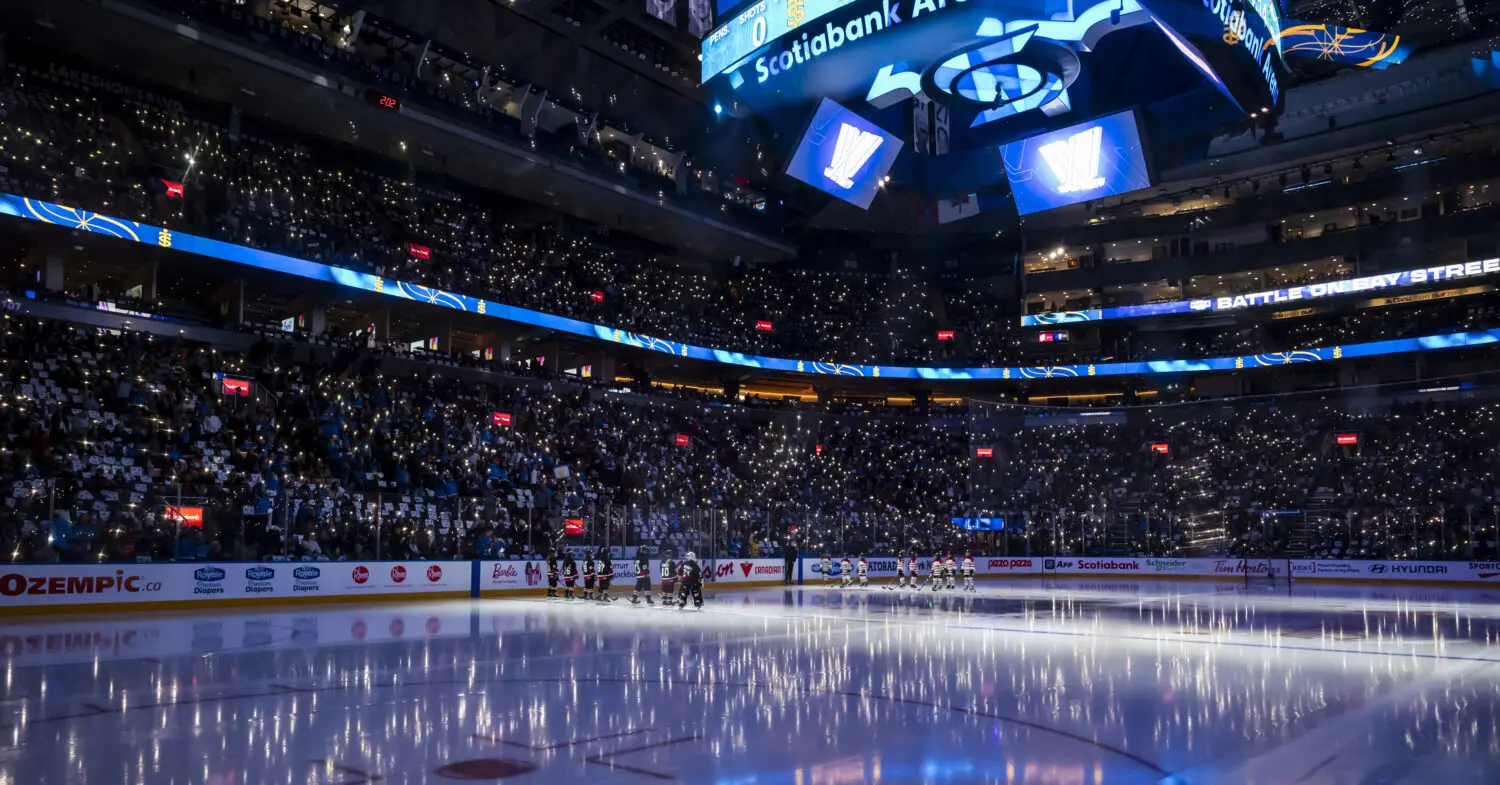By: Kickoff
The way you train off the ice will determine how well you perform on the ice. Women’s hockey continues to get faster and more physical, which means strength training is a vital part of your training regimen. In this article, we’ll discuss how you can maximize your workout and create a strength training program that gets results.
Why Strength Training Is Important
Although checking is not allowed in women’s hockey, the sport still requires a great deal of strength. Players must have explosive power behind their skating, and the upper body strength to protect themselves, race to the puck, and win battles in front of the net. A full-body strength training routine will help you develop your skills and dominate the ice.
Training Tips For Women Hockey Players
Since women’s bodies are designed a bit differently than men’s, there are a few focal points to keep in mind as you develop your workout routine. The first factor to consider is your Q angle. The Q angle, or quadriceps angle, is the angle between the patella tendon and the quadriceps. Since women tend to have wider-set hips, they typically have a larger Q angle than men. This can put more stress on your lower body, particularly your knees.
To protect your knees from unnecessary strain and make your workouts more effective, you may want to consider taking a wider stance while doing lower body exercises such as squats or sumo deadlifts.
Another factor to consider is your muscle fibers. Women have more slow twitch muscle fibers (Type I fibers) than men, while men tend to have more fast twitch muscle fibers (Type II fibers). This means that women tend to have greater endurance and are more resistant to fatigue, while men are more prone to hypertrophy, so your training will look slightly different than a man’s training would. Here are some tips to develop your Type II muscle fibers to become more explosive out on the ice:
- Incorporate high-intensity strength training more often
- Focus on higher rep sets (10-25 reps)
- Since women have higher endurance and recover more quickly between sets than men, they can train more frequently as their bodies have a higher tolerance.
- Lessen the amount of explosive exercises (sprints and jumps), as it can take women up to 72 hours to recover from these types of workouts.
Keeping these factors in mind will help you maximize your workouts, minimize your risk of injury, and make your training more efficient.
If you need help tailoring your workouts to your body and needs, you may want to consider working with a personal trainer. They can help you build a customized strength training program that is designed to help you meet your fitness and performance goals more quickly than you may be able to reach them on your own. After all, your off-ice training is what will determine how well you perform. Just a few small adjustments can make all the difference in how effective your workouts are. Maximizing your workouts will make you a force to be reckoned with out on the ice!
[adrotate group=”1″]
Related Articles
Categories
Recent Posts
[adrotate group=”2″]










